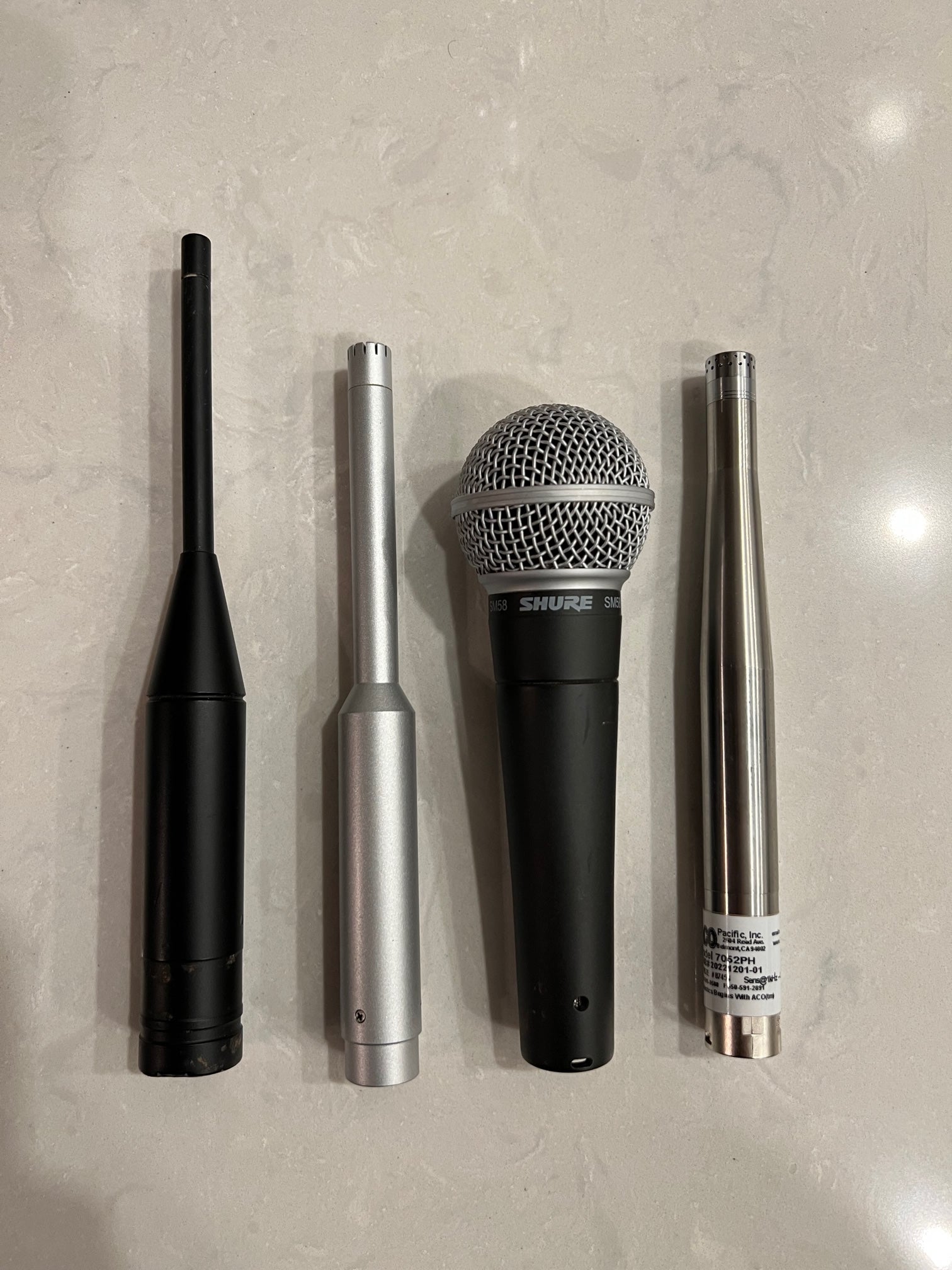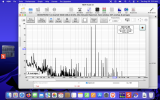Mr. Haelscheir
Active Member
- Joined
- Mar 16, 2023
- Messages
- 110
- Likes
- 84
In short, how can we know if a measurement microphone is suitable for measuring speaker distortion with respect to frequency at some reference down to, say, 0.01% THD?
Forgive any misconceptions I have in the following:
Not all measurement microphone manufacturers publish their distortion measurements. Taking Earthworks for example, in advertising "140dB SPL rating without distortion" and "20dB SPL equivalent (A weighted)" self-noise, does that mean that the microphone's distortion products will remain below the 20 dB self-noise floor until the microphone starts receiving more than 140dB SPL? If so, am I right to assume that with a sufficiently large input signal (the microphone sufficiently close to the transducer after setting the reference level at the reference distance) and sufficiently low ambient noise, these Earthworks microphones could measure up to 120 dB SNR or amplifier-level 0.0001% THD, only limited by the microphone preamp's and whatnot's own noise and distortion? Now, Brüel & Kjær specifies a "3% distortion limit" coincident with the stated dynamic range", whereby if the distortion curve is similar to the one shown in https://www.isemcon.com/datasheets/EMX7150-US-r04.pdf, then it is perhaps rather around 20 dB below the max SPL that the distortion products start rising above mic's self-noise, suggesting a maximum measurable SNR of 100 dB or 0.001% THD (though that PDF seemed to show a floor of around 0.15% THD which is well above the self-noise at those levels).
Furthermore, in setting the reference level (e.g. 86 dB) at the reference distance (e.g. 1 m), is it valid to afterward move the mic closer to increase the maximum measurable SNR?
Forgive any misconceptions I have in the following:
Not all measurement microphone manufacturers publish their distortion measurements. Taking Earthworks for example, in advertising "140dB SPL rating without distortion" and "20dB SPL equivalent (A weighted)" self-noise, does that mean that the microphone's distortion products will remain below the 20 dB self-noise floor until the microphone starts receiving more than 140dB SPL? If so, am I right to assume that with a sufficiently large input signal (the microphone sufficiently close to the transducer after setting the reference level at the reference distance) and sufficiently low ambient noise, these Earthworks microphones could measure up to 120 dB SNR or amplifier-level 0.0001% THD, only limited by the microphone preamp's and whatnot's own noise and distortion? Now, Brüel & Kjær specifies a "3% distortion limit" coincident with the stated dynamic range", whereby if the distortion curve is similar to the one shown in https://www.isemcon.com/datasheets/EMX7150-US-r04.pdf, then it is perhaps rather around 20 dB below the max SPL that the distortion products start rising above mic's self-noise, suggesting a maximum measurable SNR of 100 dB or 0.001% THD (though that PDF seemed to show a floor of around 0.15% THD which is well above the self-noise at those levels).
Furthermore, in setting the reference level (e.g. 86 dB) at the reference distance (e.g. 1 m), is it valid to afterward move the mic closer to increase the maximum measurable SNR?



